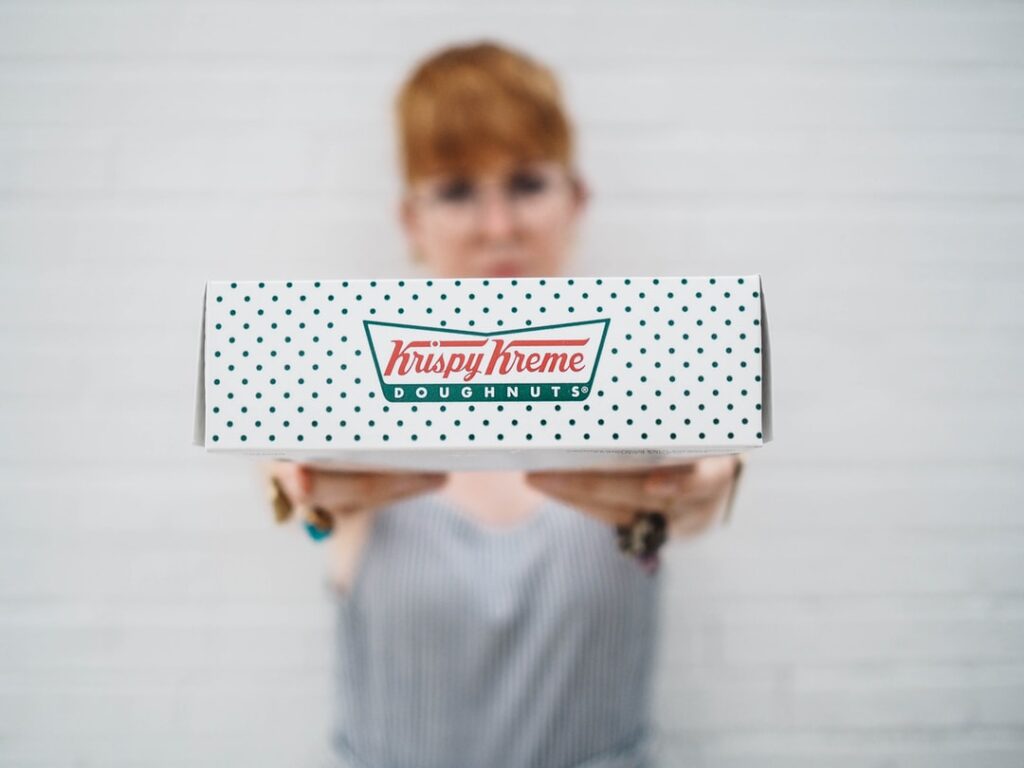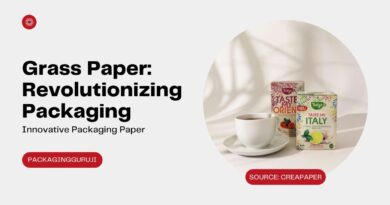The Ultimate Guide To Optimizing Packaging For Maximum Effect
Packaging is one of the most important aspects of any product. It’s the first thing that people see and it can make or break a sale. In this article, we’ll give you some tips on how to optimize packaging.
There are a few key things to keep in mind when it comes to optimize packaging:
Know Your audience to use the packaging
To be most effective, packaging must be designed for the specific audience to which it is directed. For example, if a product is designed for children, it should have child-friendly features and designs. On the other hand, if a product is meant for adults, it should have features that make it more appealing to them. Additionally, the packaging should also correspond with the product itself-for example, if a product is meant to be consumed on the go, its packaging should be portable and easy to open. Finally, it is important to keep in mind the target market’s cultural preferences when designing packaging. For example, some cultures prefer visual displays of wealth or extravagance in their products (think luxury cars), while others may prefer simple packaging that does not draw attention to itself (think rice packets).

Choose the right materials
The type of packaging material used will affect both the cost and the appearance of the product. Popular materials used for packaging include paper, plastic, metal, and glass. Each has its own advantages and disadvantages, so it is important to select the one that is best suited for your product. For example, paper is affordable and easy to produce, but it can be difficult to keep products in a sealed state due to its permeability. Plastic is popular for its durability and resistance to environmental degradation (including extreme temperatures and UV light), but it can be expensive to produce and may not look as good as other materials. Metal can be both durable and attractive, but it can be difficult to recycle because not collected easily. Glass is prized for its transparency and ability to resist damage, but it can be very expensive to produce.

Choose the right packaging size and shape
Packaging size and shape will affect both the cost and the amount of product that can be packaged in a given space. The most common packaging sizes are packages of cigarettes, candy, and cereal. Each package typically contains around 10 cigarettes, 60 pieces of candy, or 30 cups of cereal. It is important to select the right size for your product so that it is affordable and meets the target market’s preferences. For example, cigarettes are typically sold in packs of 10, while candy is most popular in bulk packs of 100 or 200 pieces. Cereal packages are usually round or square, depending on the country’s preference.

Select graphics and artwork
Graphics and artwork are an important part of the packaging. They can help to attract customers to your product and make it more appealing. Graphics can be simple, such as a picture of the product, or they can be more complex, such as a graphic representation of the flavor profile of the product. Artwork can also be simple, featuring a photo or illustration of the product, or it can be more complex, featuring 3D graphics and sound effects.

Choose labeling materials
Labels are an important part of the packaging. They need to be durable and easy to read. Many labels use special printing techniques that allow them to resist damage from moisture and other elements. Labeling materials also need to be easy to apply and remove so that they do not impede the flow of products during shipping.

Select packaging materials
Packaging materials can be divided into two main categories: plastic and paper. Plastic packaging is generally more expensive than paper, but it is usually more durable and easier to handle. Paper packaging is less expensive than plastic, but it may not be as durable or easy to handle.
Choose the right type of plastic
There are a number of different types of plastic that can be used for packaging. The most common type of plastic is polyethylene, which is used for products that need to resist moisture and other elements. Polyethylene has a low melting point, so it can be easily shaped into packages. It also has a high heat tolerance, so it can withstand high temperatures during manufacturing and shipping.

Choose the right type of paper
Paper packaging is usually less expensive than plastic, but it may not be as durable or easy to handle. Paper packaging is made from a variety of different materials, including paperboard, cardboard, and fiberboard. Each type of paper has its own advantages and disadvantages.
Paperboard packaging is the most common type of packaging. It is made from a series of sheets of paper that are glued together. This makes it strong and resistant to damage. However, it can be difficult to remove the labels once they have been applied.
Cardboard packaging is similar to paperboard in terms of its features and advantages. The main difference is that cardboard does not require gluing together sheets of paper. This means that it can be more easily recycled or disposed of after use.
Seal it properly packaging
One of the most important steps in ensuring a successful product launch is properly packaging the product. Properly sealed packaging can protect the product from damage during shipping and storage and can help ensure that the product arrives at its destination in a safe condition.
There are a number of factors to consider when creating a proper packaging seal. The package should be tightly sealed so that no air or water can enter or escape. The seams should also be tight to prevent leakage. In addition, the package should be designed to withstand both physical and environmental stressors such as heat, cold, moisture, and light.
To ensure optimal optimize packaging and protection for your products, it is important to consult with an expert in packaging design. Find out more about proper packaging by reading our article on how seals impact product quality.
By following these simple steps, you can optimize packaging that will help you sell more products!
Packaging can play an important role in marketing your products. By following these simple steps, you can create packaging that will help you sell more products!
First, make sure that the optimize packaging is consistent with your brand. This means that the design, colors, and fonts should be similar to those used on your website and other marketing materials.
Second, make sure that the packaging is attractive and easy to open. This means using soft-grip materials and designing them so that it opens easily without requiring scissors or a knife.
Finally, make sure that the packaging is environmentally friendly. This means using recyclable materials and avoiding toxic chemicals.






